Higashimurayama City, Tokyo東京都東村山市
Living in Higashimurayama City, Tokyo
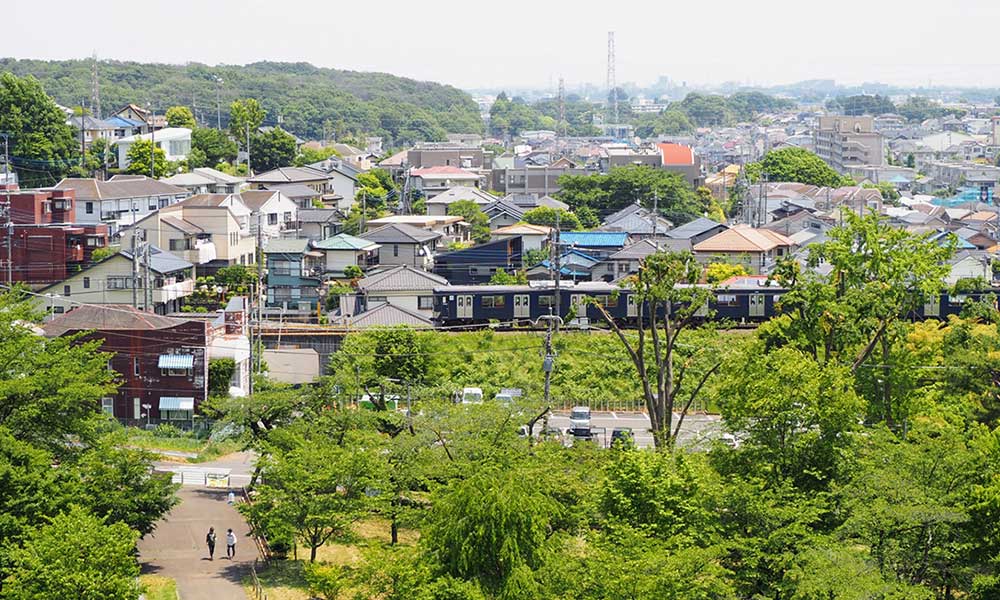
We have Summarized the livability of Higashimurayama City, Tokyo.
KITATAMA AREA北多摩地域
-
- TACHIKAWA CITY 立川市
-
- NISHITOKYO CITY 西東京市
-
- MUSASHINO CITY 武蔵野市
-
- HIGASHIKURUME CITY 東久留米市
-
- MITAKA CITY 三鷹市
-
- CHOUFU CITY 調布市
-
- KOMAE CITY 狛江市
-
- KIYOSE CITY 清瀬市
-
- HIGASHIMURAYAMA CITY 東村山市
-
- KODAIRA CITY 小平市
-
- KOGANEI CITY 小金井市
-
- FUCHUU CITY 府中市
-
- KOKUBUNJI CITY 国分寺市
-
- KUNITACHI CITY 国立市
-
- HIGASHIYAMATO CITY 東大和市
-
- MUSASHIMURAYAMA CITY 武蔵村山市
-
- AKISHIMA CITY 昭島市
CONTENTS
- What kind of place is Higashimurayama City, Tokyo?
- Higashimurayama CityPR video
- How is the traffic situation in Higashimurayama City?
- How are the rent and land prices in Higashimurayama City?
- How is childcare and education in Higashimurayama City?
- How about shopping in Higashimurayama City?
- How about jobs and recruitment in Higashimurayama City?
- Higashimurayama City’s unique subsidy/subsidy system
What kind of place is Higashimurayama City, Tokyo?
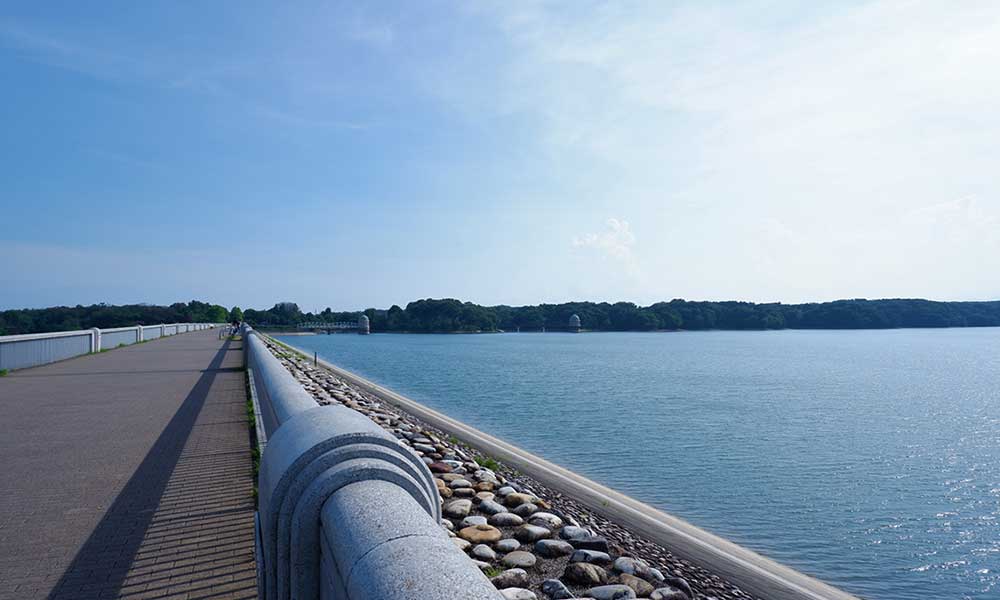
Higashimurayama City: A city with a good balance between residential and commercial areas
Higashimurayama City is located slightly north of central Tokyo and has an area of approximately 17.14 square kilometers.
It borders Tokorozawa City, Saitama Prefecture, to the north, Higashikurume City and Kiyose City to the east, Kodaira City to the south, and Higashiyamato City to the west.
It has a population of approximately 151,000 and approximately 75,000 households. (As of June 2023)
Located in the center of the Musashino Plateau, Higashimurayama City is almost entirely flat.
There are various theories about the origin of the place name, including that it was named after the fact that when the village was established, it was located east of the Murayama region, taking the direction of the compass. Another theory is that it was named “Higashimurayama” because it is the easternmost point of the Murayama region, which is named after the Murayama clan, which originated from this area.
The history of Higashimurayama City dates back to the Edo period, when the Tamagawa Aqueduct and Nobidome Irrigation Canal were developed, and new rice fields were actively developed in this area, creating a peaceful landscape as a rural area near Edo.
In the Meiji period, as railways were developed one after another and stations were established, exchanges with neighboring areas became active and the population increased.
In 1942, the town was incorporated as Higashimurayama Town, and in 1964, the city was incorporated as Higashimurayama City.
Higashimurayama City today is a green, residential area with many commercial facilities around Higashimurayama Station, and serves as a commuter town for the city center.
Sightseeing spots in Higashimurayama City include Kongo-san Shofukuji Temple. Built 750 years ago, it is a historic temple and is also famous as the only temple in Tokyo that manages a national treasure. It is a 10-minute walk from Higashimurayama Station on the Seibu Kokubunji Line, and every November during Tokyo Cultural Assets Week, the Jizo Market is held, attracting many visitors.
It is also known as the birthplace of Japan’s leading comedian, Shimura Ken, and the Shimura Ken Tree, commonly known as the Shimura Ken Tree, is planted at the east exit of Higashimurayama Station and is the symbol of the city.
PR video of Higashimurayama City, Tokyo
[Higashimurayama City] Higashimurayama City Promotional Video “Tanoshi Murayama (Full Version)”
What kind of city is Higashimurayama? It’s supposed to be “Tokyo’s countryside,” but the city center is surprisingly urban!
How is the traffic situation in Higashimurayama City?

Higashimurayama City is a city with convenient access to the city center, with well-developed rail and bus services. Higashimurayama City is a city with convenient access to the city center, with well-developed rail and bus services.
Higashimurayama City has 8 lines and 9 stations. It takes about 57 minutes from Higashimurayama Station to Tokyo Station and about 31 minutes to Seibu Shinjuku Station.
| Akitsu Station | Seibu Ikebukuro Line |
| Shin-Akatsu Station | JR Musashino Line |
| Higashimurayama Station | Seibu Shinjuku Line・Seibu Kokubunji Line・Seibu Seibuen Line |
| Kumegawa Station | Seibu Shinjuku Line |
| Musashi Yamato Station | Seibu Tamagawa Line |
| Hagiyama Station | Seibu Haijima Line・Seibu Tamagawa Line |
| Yasaka Station | Seibu Tamagawa Line |
| Tama Lake Station | Seibu Tamagawa Line・Seibu Yamaguchi Line |
| Seibuen Station | Seibu Seibuen Line |
Seibu Bus and Ginga Tetsudo operate local bus routes within Higashimurayama city.
There is also a community bus called the Green Bus that travels around the city’s major facilities.
There are no expressways or national highways that can be accessed from Higashimurayama city.
The train is convenient as it is a direct train to Shinjuku and other areas. There are also many local buses, making it very convenient.
Trains heading towards Shinjuku are extremely crowded during the morning rush hour, and it is often difficult to find a seat.
How are the rent and land prices in Higashimurayama City?
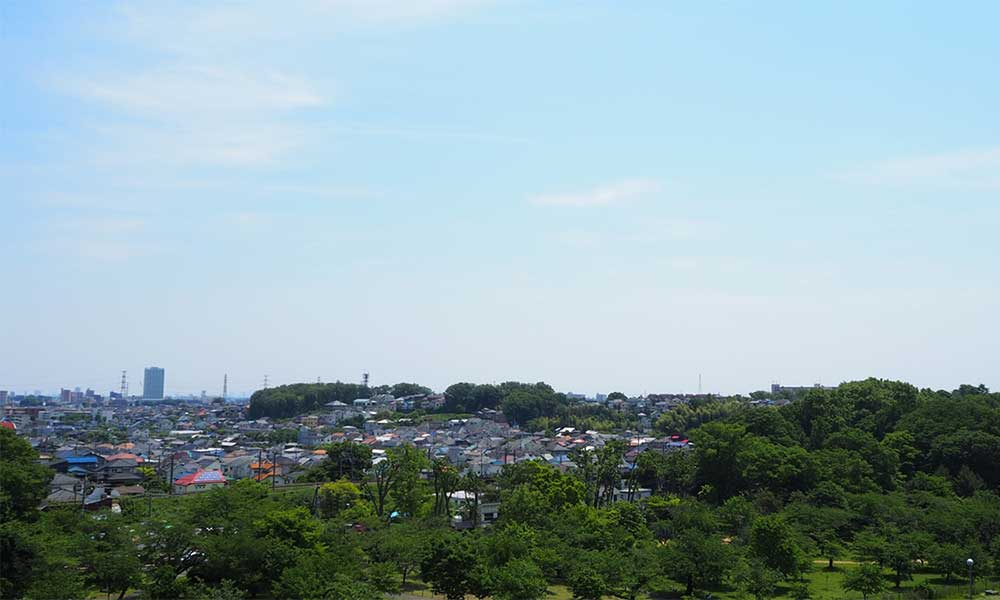
Higashimurayama City is a city with a wide variety of housing options, with residential areas around the station and surrounding areas.
According to information from a real estate information site, the average rent in the city for a newly built apartment within a 10-minute walk from the station is about 65,000 yen for a 1K and 85,000 yen for a 2K.
The average land price is about 730,000 yen per tsubo.
The average price of a newly built apartment is 38,430,000 yen, the average area is 68.27 m2, and the average price per tsubo is 1,861,000 yen per tsubo. (As of 2018-2022)
Because it is an area of the city far from the center of Tokyo, the prices of condominiums for sale, rental, and land are relatively low.
The city is almost flat except for the hilly area in the northwest, and the majority of areas are low-rise detached houses and fields. Except for the area in front of the station, detached houses with parking spaces can often be purchased at a relatively low price.
In recent years, the number of condominiums for sale has been increasing, with high-rise condominiums being built in conjunction with the redevelopment of the west exit of Higashimurayama Station.
In addition, second-hand apartments are often priced about 30% lower than properties with similar conditions in neighboring city areas.
Many areas in the city will continue to undergo redevelopment, especially in front of stations, and convenience is likely to increase, so it’s a good idea to check information on newly built condominiums.
Property prices are generally low. The number of beautiful apartment buildings and stores in the Higashimurayama area is increasing, making it more convenient.
Due to increased demand in recent years, housing prices have been on the rise in areas near train stations.
How is childcare and education in Higashimurayama City?
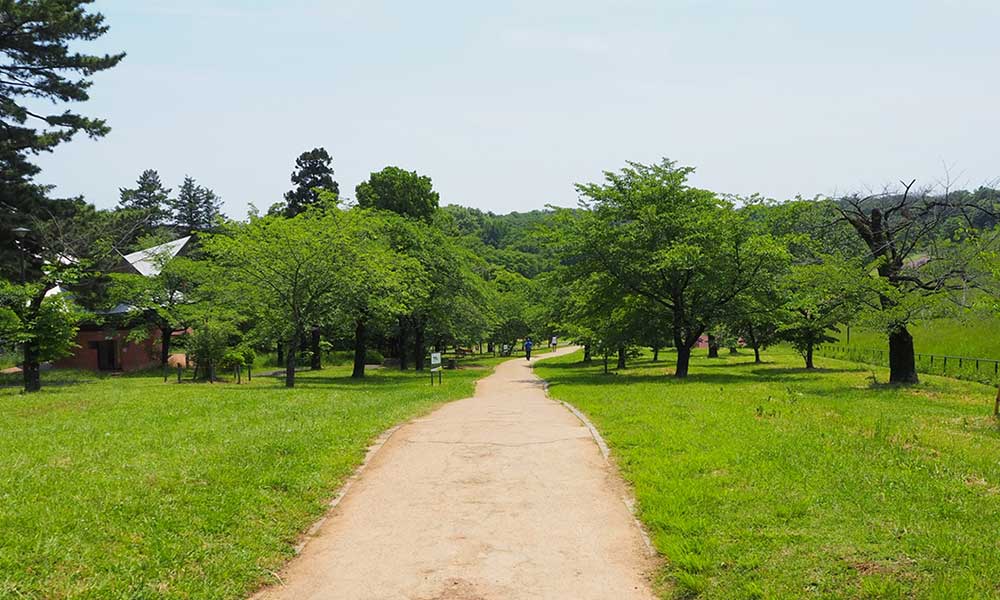
Higashimurayama City: A city with well-developed childcare support facilities and a vibrant local community
Higashimurayama city has 16 nursery schools, 10 kindergartens, 15 elementary schools, 11 junior high schools, 5 high schools, and 1 vocational school.
Pediatric medical expenses subsidies are available in full for both outpatient and inpatient care for infants covered by the Infant Medical Expense Subsidy System (up to the first March 31st after reaching age 6). Children between the ages of 7 and 18 under the “Compulsory Education Children’s Medical Expense Subsidy System” and the “High School Student Medical Expense Subsidy System” (up to March 31st after they reach the age of 18) are eligible for a subsidy of up to a maximum of 200 yen per visit from the self-pay amount for insured medical treatment, and full subsidies for prescription medication, hospitalization, and home care visits.
Child allowances are provided in the following amounts: 15,000 yen for children under 3 years old, 10,000 yen for the first and second child aged 3 or older but not yet entering elementary school, 15,000 yen for the third child and onwards, and 10,000 yen for junior high school students.
Higashimurayama City also has a wide range of support systems of its own.
The Higashimurayama City Childbirth and Childrearing Support Program offers a variety of programs, including consultations for pregnant women where you can talk to a midwife or other specialized staff member about childbirth and childrearing, baby visits where specialized staff members visit your home to check on the baby’s health after birth, and the First Birthday Program, where households with babies turning one year old who answer a questionnaire will receive a gift worth 10,000 yen.
Furthermore, households who attend antenatal consultations will receive 100,000 yen worth of points to use towards purchasing childcare-related products.
Higashimurayama City also provides a wide range of places for preschool children and their parents to play, with several childcare plazas and childcare support centers where parents can interact with other parents and children of the same generation, and events are held for parents and children to participate in together.
In addition, there are children’s centers that can be used as playgrounds for children from 0 to 18 years old, and children’s clubs that serve as safe playgrounds for elementary school children who are left alone after school because their parents are working, providing a safe place for children to play and learn.
Higashimurayama City is rich in nature and is an area where children can be raised freely. There are also many private junior and senior high schools in the city, making it an area where children can receive a high-quality education.
Public schools are relatively high quality, and there are also private schools, giving you a wide range of options and providing a high-quality education.
There are no universities in the city, and commuting to school can be time-consuming and expensive.
How about shopping in Higashimurayama City?
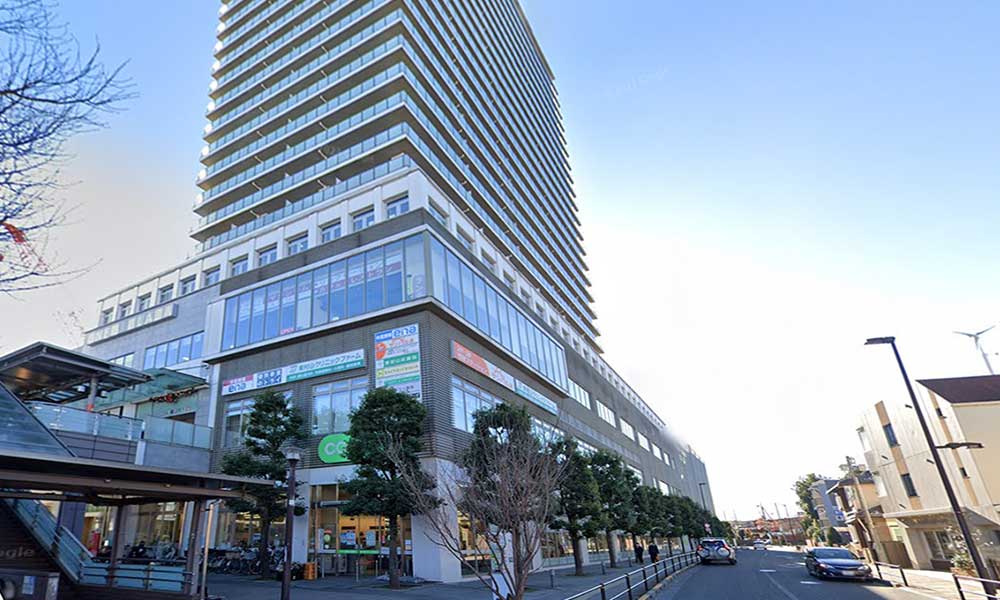
Higashimurayama City is a city with many commercial facilities and is convenient for everyday shopping.
There are many shopping spots in Higashimurayama City, mainly around each station.
There are many commercial facilities in front of Higashimurayama Station.
Larre Higashimurayama is a 10-minute walk from the station and is a complex that includes a supermarket, drugstore, restaurants, and more. The parking lot is large, making it convenient for visitors who come by car.
Park House One’s Tower is a high-rise apartment building built in front of Higashimurayama Station around 2009, with shops on the lower floors. It is a complex that includes a supermarket, a citizen station, a hospital, a fitness gym, and more, and is a symbol of the city.
There are areas with extensive shopping streets in Higashimurayama City, and the shopping streets are particularly dense around Kumegawa Station on the Seibu Shinjuku Line. In addition, around Yonekawa Station, there is a shopping street that stretches for about 700 meters, with unique restaurants and stores lined up.
There are about 16 supermarkets in Higashimurayama city, including Super Ozam, Amakeya, and Inageya, so you will never have trouble buying daily necessities in the area.
There are relatively many supermarkets and drug stores and prices are low.
There are few high-end brand stores or fashionable spots.
How about jobs and recruitment in Higashimurayama City?
Higashimurayama City is an attractive city with a wide variety of industries and easy access to the city center.
The average annual salary in Higashimurayama is 3.67 million yen.
Manufacturing is thriving in some areas of the city. In terms of industry, food manufacturing and chemical industries are thriving and have a certain number of job openings.
There are also several commercial facilities and restaurants around Higashimurayama Station, so there are relatively many job openings in customer service, sales, and food and beverage.
There are a relatively large number of hospitals, clinics, and nursing care facilities in the city, so there are also job openings in the medical and nursing care fields.
The area offers a wide range of options, including medical and service-related jobs.
There are not many general companies, so the options for sales and clerical positions tend to be limited.
Higashimurayama City, Tokyo’s unique subsidy/subsidy system
Higashimurayama City, Tokyo’s unique housing assistance and subsidy system
Higashimurayama City, Tokyo’s unique childcare support system
| Childbirth and child-rearing support program Rent subsidy for single-parent families |
Higashimurayama City, Tokyo’s unique system for further education and tuition assistance/subsidies
| School attendance assistance system Scholarship Program Subsidy for parents of foreign school-aged children |


















